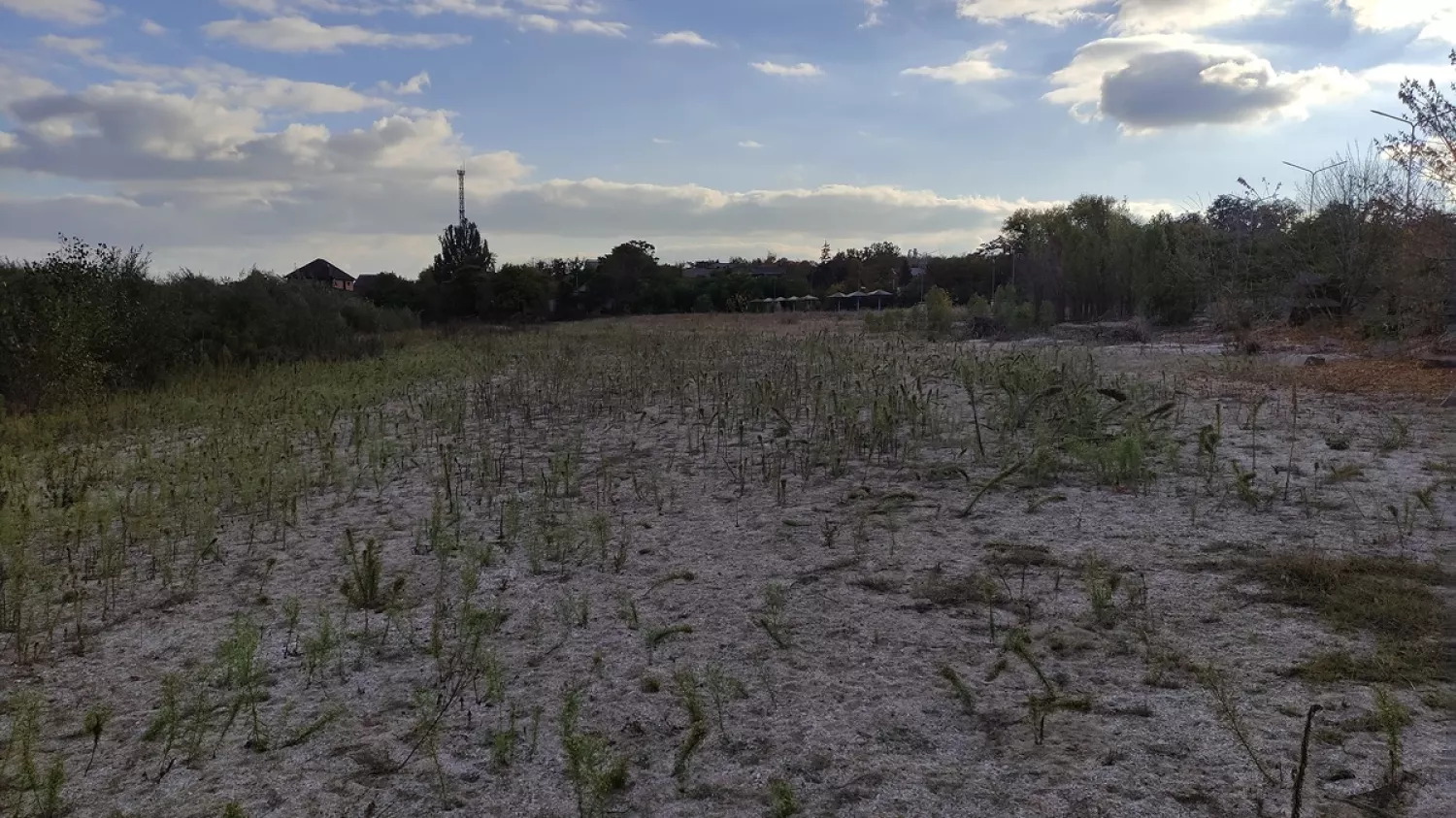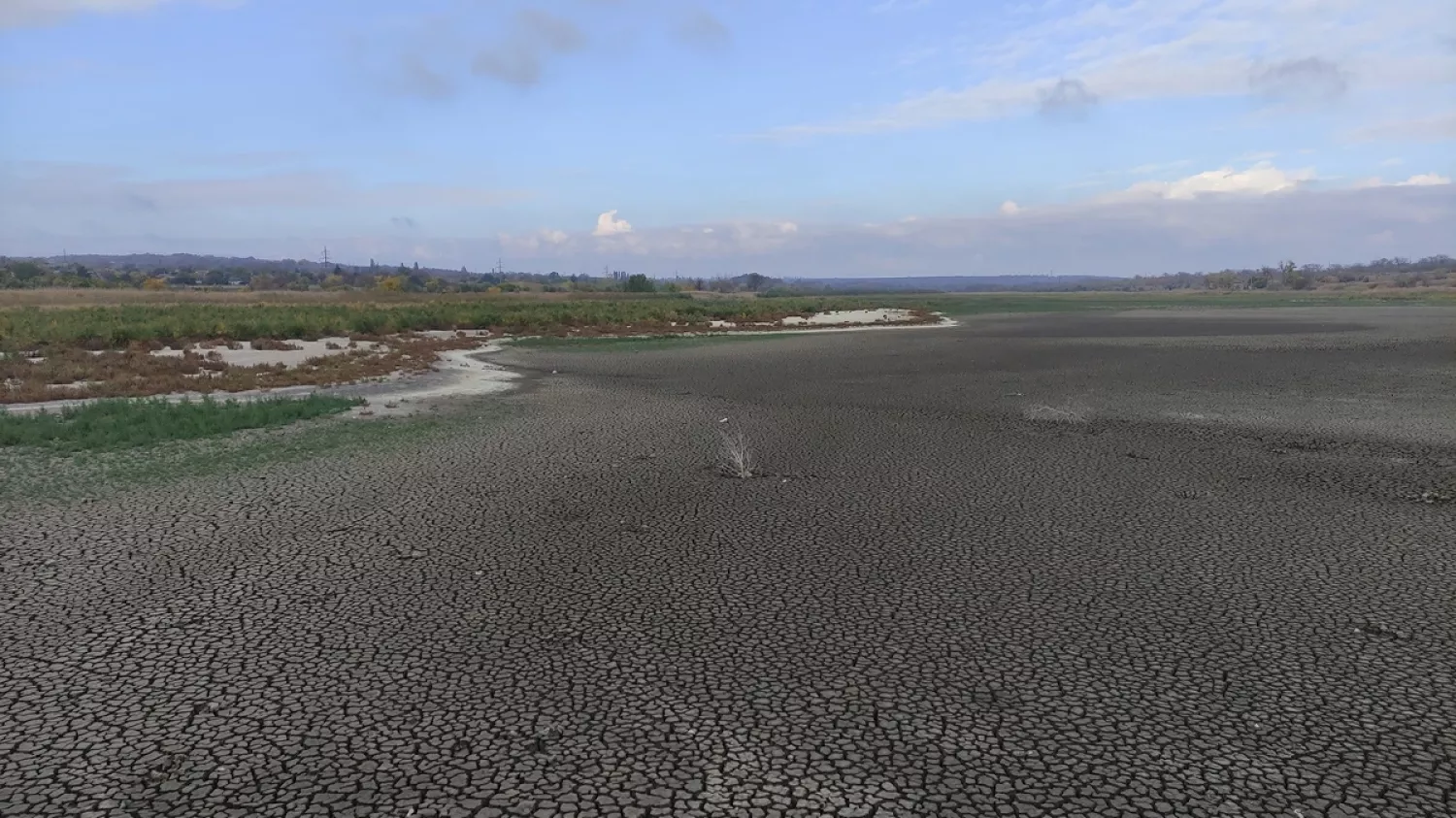Nature takes back its own: new forests grow on the site of the blown-up Kakhovka reservoir
- News of Kherson
-
•
-

- Iryna Olekhnovych
-
•
-
19:44, 28 October, 2025
After the Russian army blew up the dam of the Kakhovka hydroelectric power station, nature is actively restoring itself at the bottom of the former reservoir: willows are beginning to grow and forests are forming there.
Ivan Moisiienko, Doctor of Biological Sciences, Professor, Head of the Department of Botany at Kherson State University and a member of the Board of the Ukrainian Nature Conservation Group, told «Vhoru».
According to the scientist, the tenth ecological expedition after the liberation of the right-bank part of Kherson region has recently taken place. It was dedicated to the study of the bottom of the former reservoir.
«We try to regularly observe what is happening at the bottom. And I must say that everything is developing in a predictable way: willow thickets are growing rapidly, their structure is becoming more complex, and new species are appearing. We see the accelerated formation of forest ecosystems,» explained Ivan Moisiienko.
Before the dam was destroyed, the reservoir's ecosystem was relatively poor — due to the depth of more than two metres, higher aquatic plants could not develop. Now, the area is turning into a mosaic of diverse ecosystems, where new life is forming.
«When we first arrived three weeks after the disaster, we recorded only 11 species. In the autumn of the same year, there were already 69. As of June this year, there are 310 species, and during the last expedition we added about 10 new ones,» the scientist said.
Nowadays, willow and poplar forests have begun to grow on the site of the former reservoir. According to Ivan Moisiienko, they are listed in Resolution 4 of the Berne Convention, and therefore have a special protection status. During the last expedition, a record height of 7 metres 11 centimetres was recorded there, while the average height of trees is about five metres.
«This growth rate is due to the very fertile silty soils left behind by the reservoir, high humidity and plenty of solar energy. This creates ideal conditions for development,» said the professor.
At the same time, the ecosystem is still in its infancy — after 68 years of existence underwater, it is only beginning to restore its natural balance.
«The year 2025 was a record dry year, which resulted in a narrow strip of willows drying up in some places, including the Kamianska Gully. However, there is no massive tree mortality,» Ivan Moisiienko said.
Earlier, Ukrhydroenergo prepared a project to restore the Kakhovka HPP dam.



